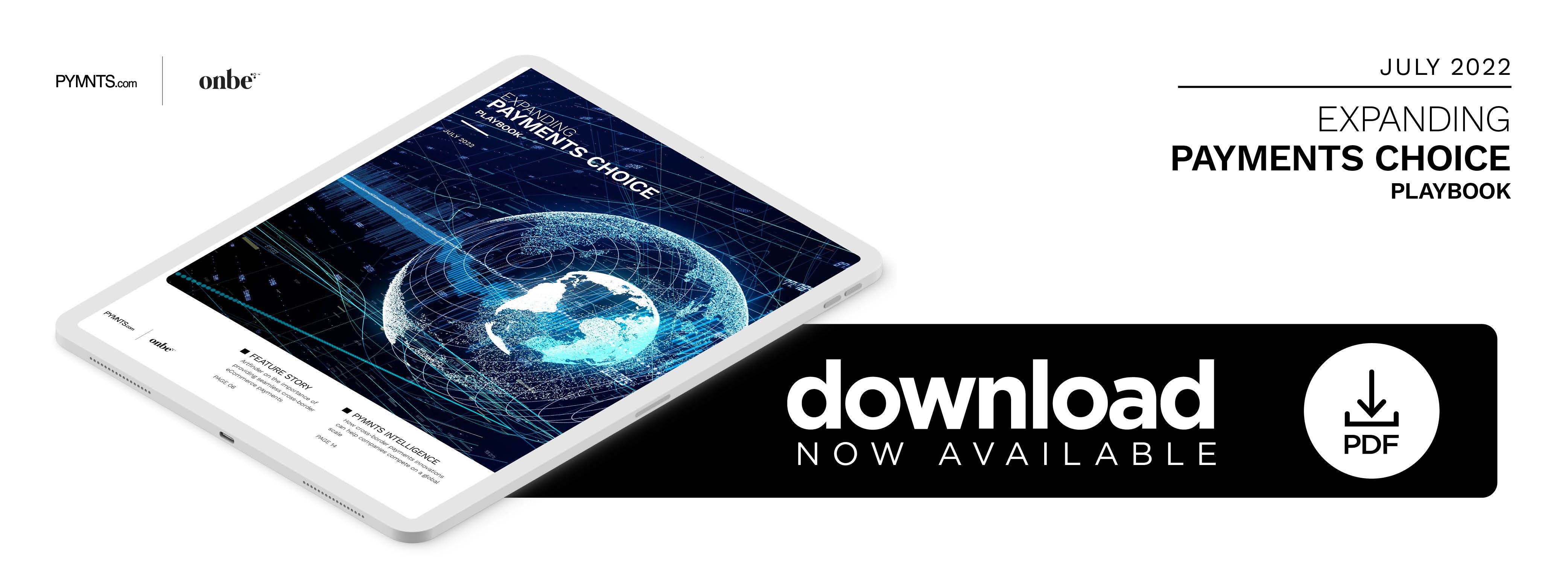Artfinder on the Importance of Providing Seamless Cross-Border eCommerce Payments

In the “Expanding Payments Choice Playbook,” art marketplace Artfinder’s COO Joshna Rughani explains the role of secure digital payments in building trust as buyers and sellers become increasingly global.
As eCommerce becomes increasingly global and both consumers and businesses prefer to do business online, ensuring the safety and ease of making payments through digital channels is more important than ever. The potential for fraud and errors increases as the distance between business partners grows.
Cross-border payments technology makes it possible to conduct business between countries in many different languages and currencies. As a result, businesses can offer their products and services to areas that previously were open only to local markets. It takes just one bad experience for customers to lose trust in a merchant, however, and that makes it crucial for cross-border merchants to understand their target markets’ payment preferences.
“Having seamless cross-border payments is important because then you get a much better user experience from a customer’s perspective … and [that] builds trust,” said Joshna Rughani, chief operating officer of Artfinder, an online art marketplace that features independent artists from around the world. “If you’re unsure of the site that you’re transacting with, and it’s a bit clunky, it creates distrust, so customers are less likely to continue with their purchase.”
Picking the Right Financial Partners
The success of international eCommerce requires financial partners that can provide reliable and simple currency exchanges using many methods. Understanding international laws and tax ramifications as well as how payment systems have been adopted in other countries is also critical. Rughani said consumers in Germany, for example, are less likely to use credit cards and prefer bank transfers as a method of payment. If a retailer does not provide this option, it could prompt a potential customer to go elsewhere or, if purchasing a gift for sending overseas, to buy it locally and pay the taxes and shipping costs instead.
The problem with traditional banks is that many have not yet adopted the technology needed to ensure seamless cross-border payments, she said. The cost of overhauling outdated legacy systems can be overwhelming and has led to the growth of nimble FinTechs and payment providers that can provide bank connections around the world. As a result, banks increasingly find it more economical to partner with FinTechs rather than create their own cross-border abilities.
“It’s good that we’ve got a lot of these FinTech businesses because they’re looking at how they can overcome the barriers that businesses like us would have to face,” she said. “But if the banks want more control and take it into the future, then they do need to change. I’m just not sure how easy it will be for them.”
The Future of Cross-Border Payments
The demand for cross-border payments capability will only continue to grow, Rughani said. Entering the international eCommerce market is not a decision that businesses should rush into. First, they must make sure that the market is there for the products they offer. Second, they must ensure that the return on investment makes sense. For those that choose to take their businesses global, however, robust cross-border payment capability can allow them to compete on a local level.
“Amazon is great at becoming international,” she said. “They can compete with every retailer in the U.K. because they offer the same payments and security that the U.K. companies do. If you are going international, and you’ve got a completely different platform and a different solution, people are less likely to trust [it], so I think that’s what Amazon does really well; it doesn’t matter which country you’re in, the site looks the same.”
Rughani said she believes cross-border payment capability will become much more commonplace in the future, but both businesses and the banks they work with will have to build customer trust through improved experiences and messaging that instills confidence even in the most cautious of consumers. She is unsure of where banks will go in their transformation, as overhauling systems is expensive and partnering with FinTechs might be more cost-effective.
Ideally, eCommerce will make conducting business with merchants across the world as easy and seamless as walking to the local gallery. Like Artfinder, businesses must work alongside their financial partners to provide the safest, easiest platforms possible on which to build the trust of a global audience.

